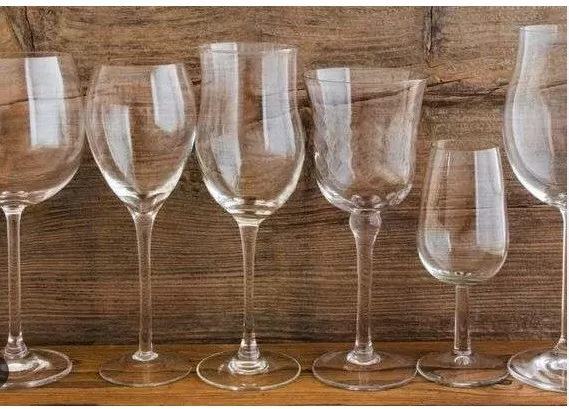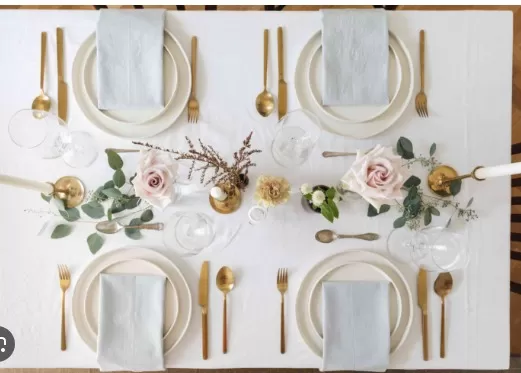Dining Table Absentees: Things You Rarely Find Anymore. Gone are the days of formal dining traditions and elaborate table settings. Nowadays, people prefer a more relaxed and casual approach when it comes to their dining room tables.
The focus has shifted towards finding tableware that is both practical and aligns with personal style and budget. Utilitarian tableware, designed for everyday use, has become increasingly popular. It offers functionality and durability without compromising on aesthetics. Whether it’s minimalist, rustic, modern, or eclectic, there are countless options available to suit individual preferences and complement the overall decor of the dining space. The goal is to create a welcoming and comfortable atmosphere where family and friends can gather and enjoy meals together, free from the constraints of strict etiquette and formalities.
Specialized Forks: A Fancy Relic of the Past

In the early 20th century, a multitude of forks were crafted to cater to every culinary need imaginable.
Olive forks, fish forks, salad forks, oyster forks, pickle forks, and pastry forks adorned the tables of even middle-class households. Each fork boasted a unique design and a specific number of tines, intended to aid in specialized tasks.
However, rather than simplifying dining etiquette, these varied forks often led to confusion. Nowadays, the standard four-pronged dinner forks have prevailed, relegating their peculiarly tined counterparts to the shelves of antique stores.
The Practical Purpose of Napkin Rings
While napkin rings may appear as mere decorative accessories, they served a functional role in the past, particularly during times when laundry was a laborious and infrequent task.
These traditional napkin rings played a crucial role in keeping track of individual napkins, ensuring that each family member used the same one until laundry day arrived. This practice was particularly advantageous for middle-class households, where acquiring fresh linens on a daily basis was not economically viable. Each napkin ring was intricately engraved with a monogram representing a specific family member, providing a practical solution to maintain napkin ownership and minimize unnecessary washing.
Evolution of Stemware: From Specialized to Versatile

In the past, it was customary to have dedicated stemware for various beverages, with glasses specifically designed for water, white wine, red wine, champagne, and more.
Each drink had its own designated vessel. However, as time passed, the enjoyment of wine and other beverages became more relaxed, and the average person became less particular about the glassware they used.
While some wine enthusiasts still maintain a collection of precisely sized glasses, the majority of individuals now find contentment in using one-size-fits-all Wine Glasses, stemless tumblers, and even unconventional alternatives such as Mason jars. The focus has shifted from rigid rules to a more casual and versatile approach to drinking vessels.
Changing Tides: Shifting Preferences in Wedding China
For generations, future brides have carefully selected sets of exquisite china for their wedding registries.
However, with the growing prominence of home delivery services over traditional dinner parties, many couples are discovering that formal place settings no longer hold the same significance. The desire to pass down dishes as cherished family heirlooms has diminished, and the need for such elaborate tableware has decreased. In today’s world, a significant number of couples prefer to begin their married life with more affordable plates, bowls, and cups, allocating their gift funds to other priorities. The focus has shifted from elaborate, expensive china to more practical and versatile options, reflecting changing trends and priorities among modern couples.
Egg Cups: A Mix of Charm and Forgotten Practicality

Egg cups possess a distinctive charm while also serving a practical purpose of preventing soft-boiled eggs from rolling about on the plate.
However, with the declining popularity of perfectly timed three-minute eggs, these cups have gradually transformed into mere decorative items, often relegated to the realm of forgotten cupboard kitsch. As culinary preferences shift and breakfast routines evolve, the functional significance of egg cups has diminished, overshadowed by other breakfast options.
Though they may retain their nostalgic appeal, these cups have largely lost their practical relevance in modern times.
*The information is for reference only.